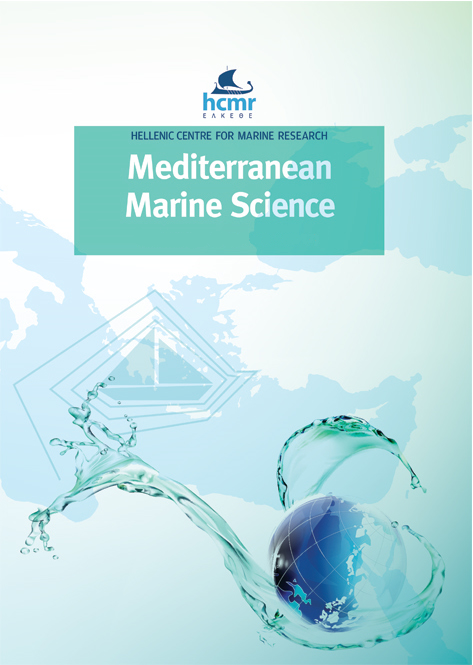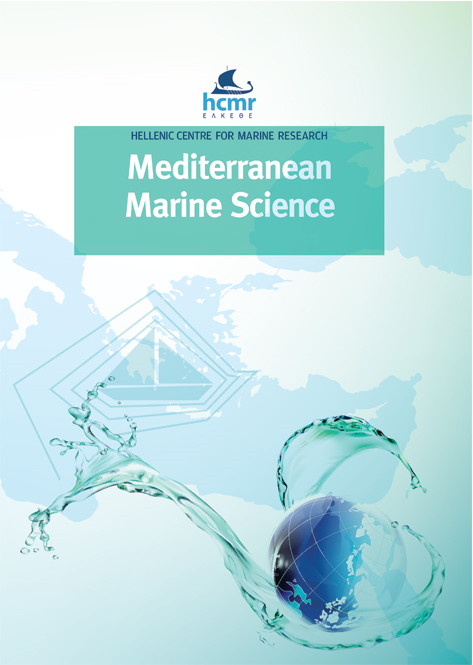Health assessment of fan mussels in the southern part of the Sea of Marmara
Résumé
The fan mussel (Pinna nobilis Linnaeus, 1758), a critically endangered species in the Mediterranean Sea, has experienced mass mortality events (MME) due to various pathogens, particularly the protozoan parasite Haplosporidium pinnae. Despite these challenges, the Sea of Marmara (SoM) still has significant populations of fan mussels, with no infection-related MME reported so far. This study aimed to assess the general health status of fan mussels in the SoM and understand the factors that contribute to their survival. The samples were collected on September 25, 2023, around the Kapıdağ Peninsula in the southern part of the SoM, a critical area for fan mussel populations, where a total of 20 live specimens were included in advanced laboratory analysis from four stations. Findings revealed that Haplosporidium and Mycobacterium species were present in P. nobilis across all stations, with higher oxidative stress indicators in the digestive gland tissues. Results also observed different life stages of Haplosporidium in the mantle and digestive gland. Molecular analyses revealed the presence of haplosporidian parasites, Perkinsus sp., and Mycobacterium sp. in some samples. Phylogenetic analysis showed that Haplosporidium isolates form a distinct clade separate from H. pinnae, suggesting they belong to a different species. The detected Haplosporidium species in the SoM displayed genetic differences from H. pinnae found in the Mediterranean Sea, potentially indicating a less virulent variant. This study raised the question of whether interactions between the detected Haplosporidium parasite and other pathogens or region-specific ecological characteristics were effective in the absence of a mass mortality in fan mussels in the SoM.
Article Details
- Comment citer
-
KARADURMUŞ, U., ERTÜRK GÜRKAN, S., GÜRKAN, M., KÜNİLİ, İBRAHIM E., TURGAY, E., & SARI, M. (2025). Health assessment of fan mussels in the southern part of the Sea of Marmara. Mediterranean Marine Science, 26(3), 440–454. https://doi.org/10.12681/mms.38406
- Rubrique
- Research Article
Authors who publish with this journal agree to the following terms:
- Authors retain copyright and grant the journal right of first publication with the work simultaneously licensed under a Creative Commons Attribution Non-Commercial License that allows others to share the work with an acknowledgement of the work's authorship and initial publication in this journal.
- Authors are able to enter into separate, additional contractual arrangements for the non-exclusive distribution of the journal's published version of the work (e.g. post it to an institutional repository or publish it in a book), with an acknowledgement of its initial publication in this journal.
- Authors are permitted and encouraged to post their work online (preferably in institutional repositories or on their website) prior to and during the submission process, as it can lead to productive exchanges, as well as earlier and greater citation of published work (See The Effect of Open Access).






